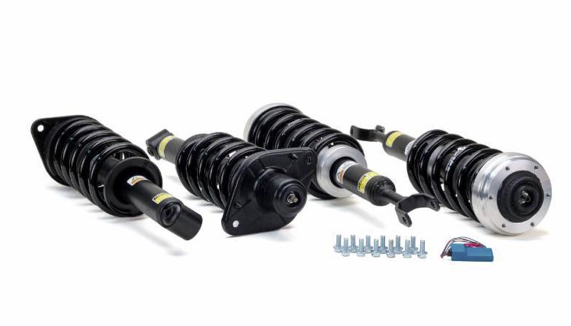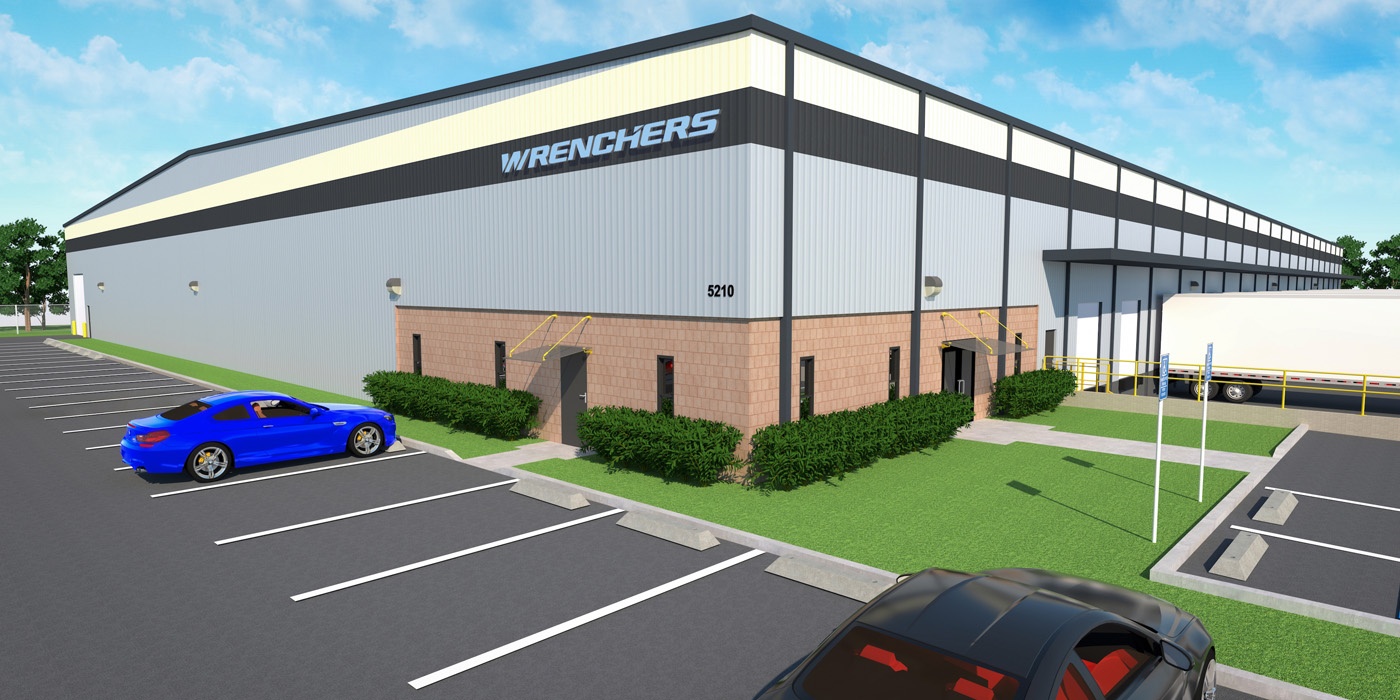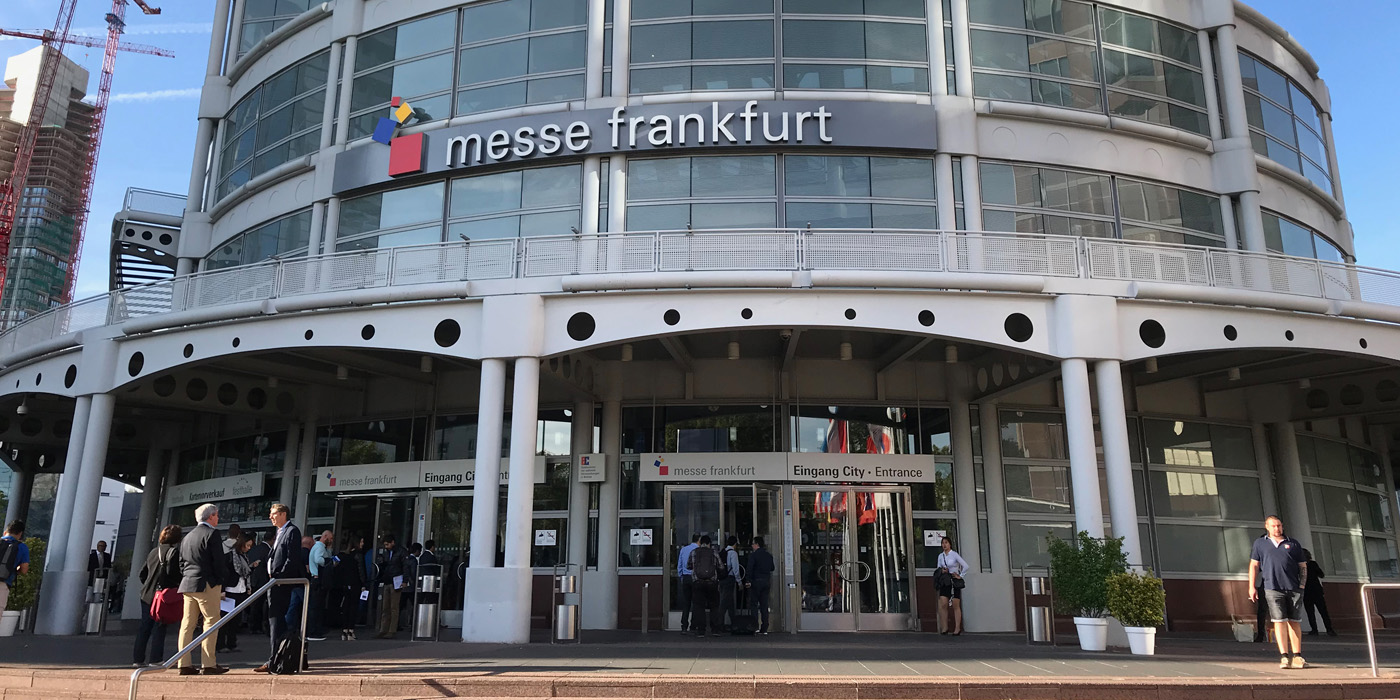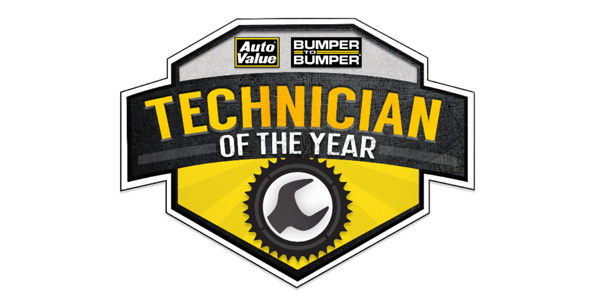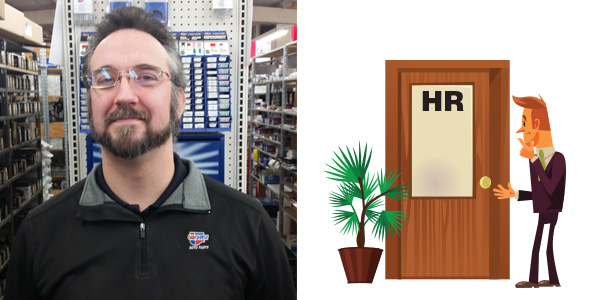Larry Pavey has spent his entire career in the automotive aftermarket, working first for a jobber while attending high school and college and then a warehouse distributor. In 1976, Pavey joined Walker Manufacturing and held a variety of sales management positions in several markets, advancing within the organization.
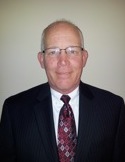 After six years with Walker, Pavey joined Echlin’s newly formed BWD division as Midwest regional sales manager and was later promoted to vice president of marketing for the Borg Warner, Niehoff and Whitaker brands. After Echlin acquired the assets of Raybestos brakes in 1985, Pavey moved to Echlin’s Brake Parts Inc. (BPI) division. He served in a variety of management roles, including vice president of sales and marketing and general manager of aftermarket distribution and remanufacturing.
After six years with Walker, Pavey joined Echlin’s newly formed BWD division as Midwest regional sales manager and was later promoted to vice president of marketing for the Borg Warner, Niehoff and Whitaker brands. After Echlin acquired the assets of Raybestos brakes in 1985, Pavey moved to Echlin’s Brake Parts Inc. (BPI) division. He served in a variety of management roles, including vice president of sales and marketing and general manager of aftermarket distribution and remanufacturing.
Pavey was named president of BPI in 1990. While at the helm, he guided BPI through more than 20 acquisitions, growing the division to the largest brake supplier in the aftermarket. In 1997, Pavey was named president of Echlin’s North American operations and had responsibility for all of the company’s aftermarket business. The following year, Echlin was acquired by Dana Corp. and Pavey was named president of Dana’s Under Vehicle Group, where he led the global under vehicle business for the next six years. After retiring from Dana Corporation, Pavey worked for a venture capital firm seeking to turn around a remanufacturing company. After 18 months, he moved back to the distribution side of the business, joining a former client, Federated Auto Parts, serving as senior vice president.
Pavey was recently elected president of Federated Auto Parts at the group’s national meeting. Through the years, he has been active in many industry associations including serving as a board member of ASE, AAPA, ASIA, AAIA and MEMA, and currently serves on the AWDA Board of Governors and the AAIA Government Affairs Committee.
In this interview, he reflects back on what his experience has taught him about the supplier/customer relationship. He also shares his plans for AAPEX 2012.
It’s been about six years now since you joined Federated, following a 30-year career on the manufacturing side of the industry. Now that you’ve accrued experience on both sides, what do you see as the most significant challenges in the supplier/customer relationship today?
First of all, while I always felt that I had a good understanding of the customer issues while working on the manufacturing side, there is something to the old adage about “walking in my shoes.” The major issues are the same on both sides: personnel, value creation, waste elimination, inventory proliferation, information and so on. The challenges come in finding ways to work together to address these. The most significant issue going forward is probably improving the management of inventory throughout the supply chain to service customers while still realizing a reasonable return on investment. While factoring and longer terms have been used to offset inventory expansion that may not have been needed, they are not the long-term solutions. In fact, they have led to an “overstored” situation that has created additional inventory duplication and price pressure for all.
The entire distribution channel needs to work together to develop long-term solutions that allow for more efficient use of inventory and processes and provide greater customer service. Suppliers need to support a level playing field that fosters innovation and creativity throughout the distribution channel so that distributors and retailers can eliminate waste and create more efficient processes. We all need to utilize data tools to better manage part life cycles and improve customer service. We face these challenges together and must work to understand the needs of both sides moving forward. The need for suppliers and distributors to work together to find solutions has never been greater.
Most of us in the industry are getting ready to head to Las Vegas for AAIW next week. Will you be there and how will you spend the majority of your time at the show? What do you hope to accomplish while there?
This is the most important week of the year for our industry and I look forward to it every year. My week starts with some industry work on Saturday and then one-on-one AWDA meetings on Sunday and Monday. These meetings are valuable opportunities to talk with a wide and varied group of suppliers and also catch up with many former customers. It is an efficient process, where a great deal of communication takes place and ideas and strategic direction are developed for the future. It is a hectic schedule but very rewarding. The show kicks off on Tuesday and offers a less structured but broader opportunity to explore new products, talk to prospective suppliers, track trends and try to keep up with our rapidly changing industry. Mixed in will be a group breakfast meeting with the many Federated members in attendance, the Town Hall breakfast, a few receptions and dinners, and a lot of quick meetings while walking through the halls. It is a terrific chance to review performance in a number of areas, explore new ideas and discuss opportunities. It is an exhausting and exhilarating week and, at the same time, the most efficient time spent all year.
Federated seems to have a very deep-rooted and well-defined culture. What do you think are the key principles that make Federated stand out from its competitors?
Federated is a group that was developed to serve member needs. The membership is made up of family businesses for the most part, many that have been around for 75 to 80 years, so there is no doubt that the overall culture is well-defined. However, there are a large number of very creative, talented individuals within the membership who have a strong dedication and passion for the business. Many are third- or fourth-generation and have solid experience combined with youth. They provide the overall direction for the group and stick to the basics that have served them well for many years.
The group believes that trust must exist in relationships with customers, suppliers and each other. There is tremendous support for high-quality, name brand products that customers want to buy. Loyalty is more than a concept and members are not added where it creates conflict or harm to existing members. Supplier relationships are important with many having existed since the group was founded more than 27 years ago. And, there is a deep commitment to success and a dedication to doing whatever is necessary to achieve mutual goals. The Federated culture is one of collaboration with all constituents, including customers, suppliers and other members, and a unique dedication to the industry. Many members participate in group and industry initiatives, “giving back” with their time and dedication to help create a brighter future for the aftermarket. It is a well-defined culture and one that all members can be proud of.
We hear a lot about the critical role of technology and data management at the program group and WD level today. Tell us about the Enhanced Supply Chain (ESC) data warehouse and the role that technology plays at Federated.
The need for good data in every area is of utmost importance today and will be even more critical in the future. Federated leadership, along with some key suppliers, recognized that to foster continuous improvement and to overcome future obstacles, we needed to have better information that could be shared throughout the supply chain. Federated has been dedicated to a leadership role in technology in many areas and has studied and tested the benefits and challenges in the area of data management for a number of years. The ESC program will allow members to reduce returns, increase profitability and grow sales through improved inventory selection, while providing supplier partners with enhanced information on product mix and trends, forecasting and total supply chain planning. Like most large projects, this involves members and suppliers working together to develop the most meaningful data to maximize mutual efficiency and effectiveness. The ESC initiative, combined with other transaction efficiency projects and electronic information sharing, will allow members to compete in a world with tens of thousands of additional items for a broader vehicle population and more diverse customer base, while working to help suppliers be more efficient.
What about the dreaded issue of parts proliferation – does Federated have tools in place to its members manage the problem? If so, what are they?
Certainly, the use of the previously mentioned ESC program will help us better manage parts proliferation, but it will not be the entire answer. While there are a number of initiatives either in place or being developed to deal with this issue, parts proliferation will likely remain our biggest challenge. When we look at the combined factors of older vehicles lasting longer and the increase in model proliferation, we are seeing not only an explosion of new parts but also a need for a wider assortment. For example in 2005, there were 352,000 hybrid vehicles sold in 15 different models. In 2011, there were 276,000 hybrid vehicles sold in 41 different models, which is a clear example of how vehicle technology changes impact parts proliferation. With the changes that will be required to meet new CAFE standards, we will likely see even more proliferation in the next few years when combined with other changes in the market. There will be opportunity for improved processes and business models to cope with this trend. As an example, one major tool that Federated members have to deal with these types of changes is the member-owned Co-Man warehouse, which offers tremendous inventory efficiency to members and provides suppliers with a low-cost method to reach all members. Going forward, it will take all of our best efforts to meet the challenges of parts proliferation.
You are president of the Federated Co-Man Warehouse, which underwent a major expansion earlier this year that was expected to revamp the entire operation. Tell us about the changes that were made. Is the project now complete?
The Federated Co-Man warehouse is a not-for-profit corporation owned by the members and has seen steady growth throughout the years. Last year there was a major expansion of the operation with 87,000 square feet added, making the total nearly 300,000 square feet. It has been completed with additional and reconfigured racking and new product lines added. We are still working on improving efficiency, as we are also able to use bar code scanning for all transactions now. This low-cost operation houses approximately 70 different product lines, allowing members to combine all products into one order with more frequent replenishment. The Co-Man warehouse has provided opportunities to increase sales through broader coverage and improved return on investment. Some newer members have found that it has allowed them to reduce overall inventory enough to add one or two new locations. Suppliers have a more efficient way to reach all members with a better process and lower overall costs. We believe that with the challenges of part proliferation, the Co-Man operation is essential to our members’ future success and we are already looking toward the next expansion.
Meet the January ‘Guess the Car’ Champion: Jake Myers
The correct answer for the January contest was the Toyota C-HR.
Every month, Counterman’s “Guess the Car” contest challenges our readers to solve an automotive riddle, for a chance to win $100. And each month, we receive hundreds of responses from aftermarket professionals trying to guess the model of the vehicle depicted.
The correct answer for the January contest was the Toyota C-HR. (The illustration showed a man approaching a door with the letters “HR” on it.)
AACF Applications Increase 90 Percent in Wake of Wildfires
The Camp Fire destroyed 14,000 residences, displaced thousands and left more than 80 dead and hundreds missing.

Purolator Launches Summer Mail-in Rebate Promotion for Air Filters
The promotion will run through Aug. 31 for all Purolator air and cabin air filters.
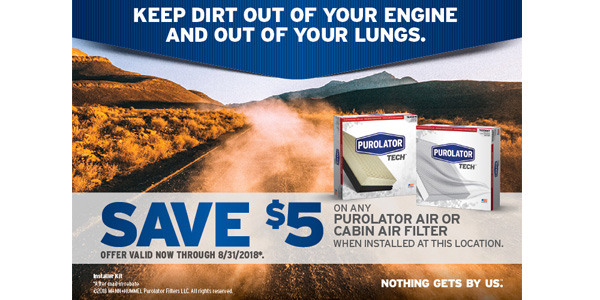
Epicor To Demonstrate Augmented Reality eCatalog At AAPEX In Las Vegas
This “Catalog of the Future” enables users to perform inspections, visualize parts and labor information and order replacement components from the service bay, the company says.
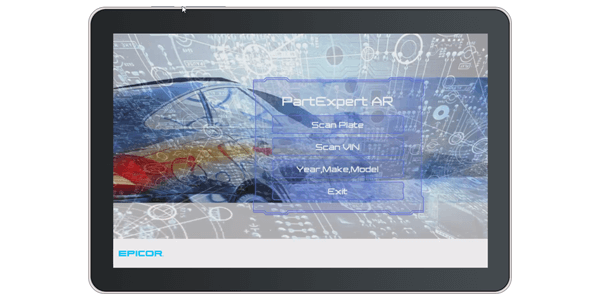
Continental Expands Popular Asian, European And Domestic Coverage For VDO Brushless HVAC Motors
The company has added more than 30 new SKUs to its VDO Brushless HVAC Motors line, expanding the company’s coverage to include Audi, Cadillac, Chevrolet, Dodge, Ford, Infiniti, Lexus, and Toyota automobiles and light trucks for model years 2011-’17.
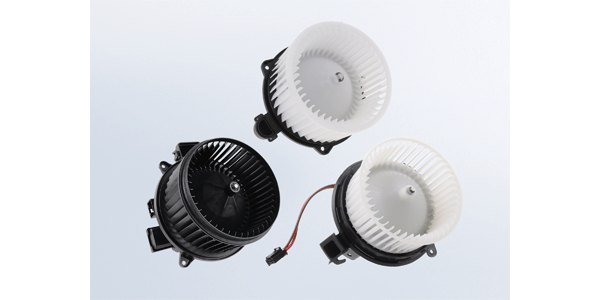
Other Posts
OttoFran And Vast-Auto Family Hold 2017 Annual Convention
The Vast-Auto and OttoFran marketing and sales team held various workshops during which the latest market information, the new banners programs, marketing campaigns and the action plan for 2017-2018 were presented.
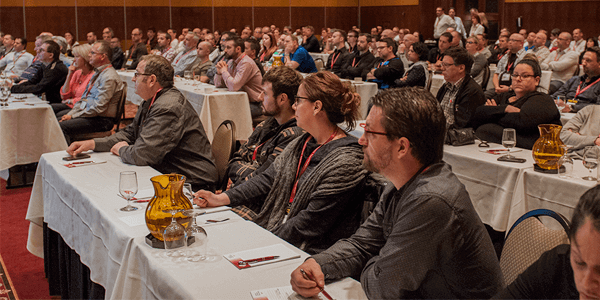
Streamlight Introduces Rechargeable KeyMate USB Flashlight
With an off/off button for constant operation, the KeyMate USB has three modes: high (35 lumens); low (16); and strobe (flashes at high lumen level). Featuring LED technology for extreme brightness, the light provides a run time of one hour on high and two hours in both the low and strobe modes.
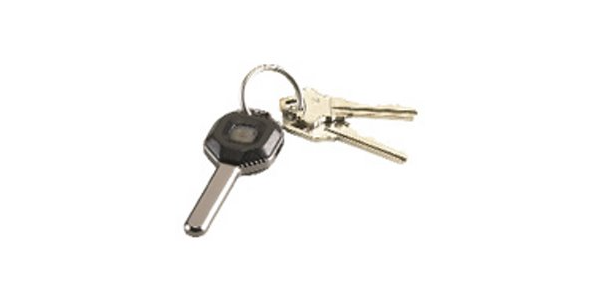
All-New Ford Expedition Redefines Full-Size SUVs with Adaptable Interior, Smart Technology for Every Occupant
DALLAS–(BUSINESS WIRE)–For today’s active families, Ford introduces the all-new Expedition – the smartest, most capable and most adaptable Expedition ever – with technology to keep every passenger connected, more power for drivers, and more expected towing capability than any other full-size SUV. Related Articles – Coil Conversion Kit For 2001-’05 Audi A6 And Audi allroad
Coil Conversion Kit For 2001-’05 Audi A6 And Audi allroad Quattro
For ride quality, the kit includes new custom-valved, application-specific shock absorbers. The Audi front coil spring assemblies include new upper mounts, Arnott says.
